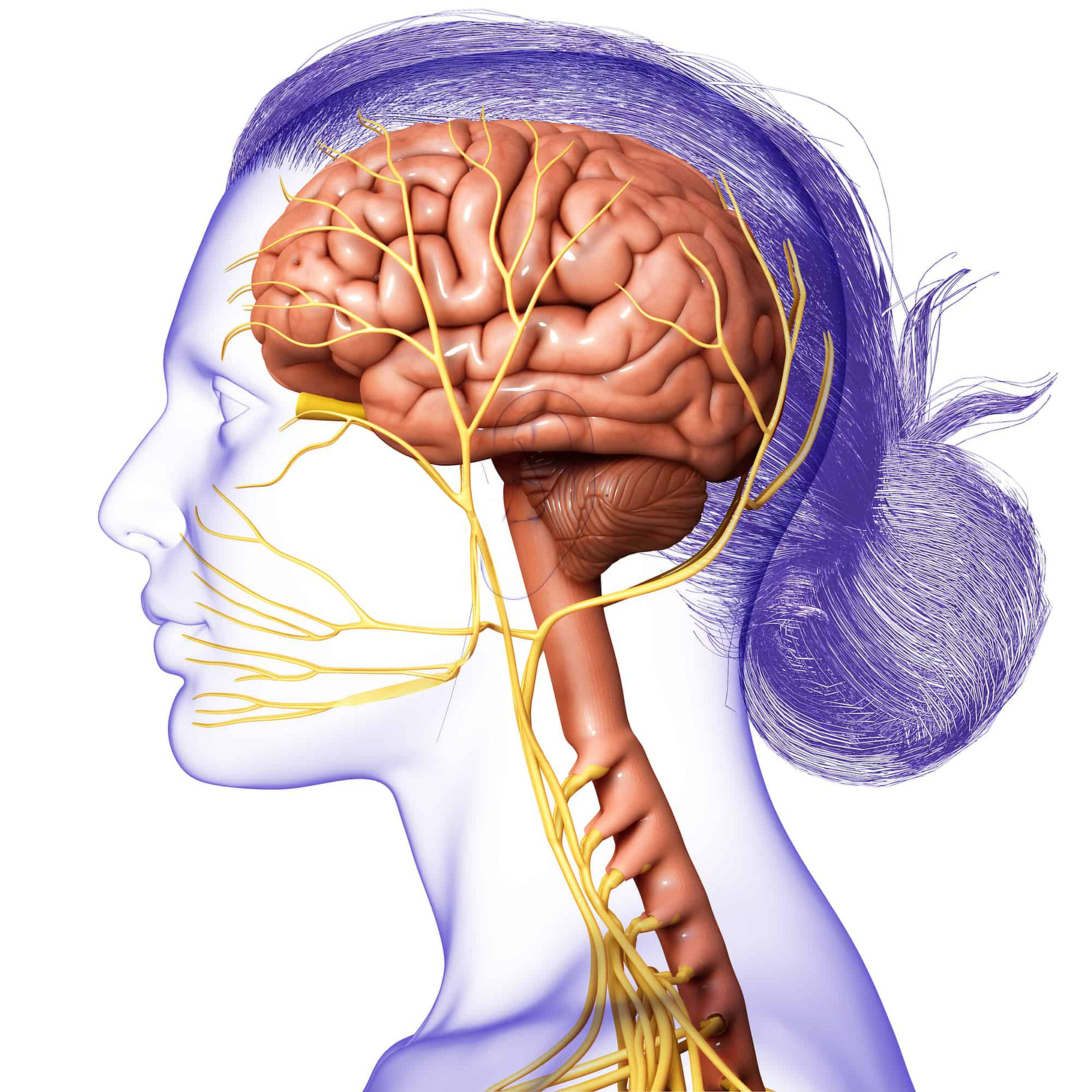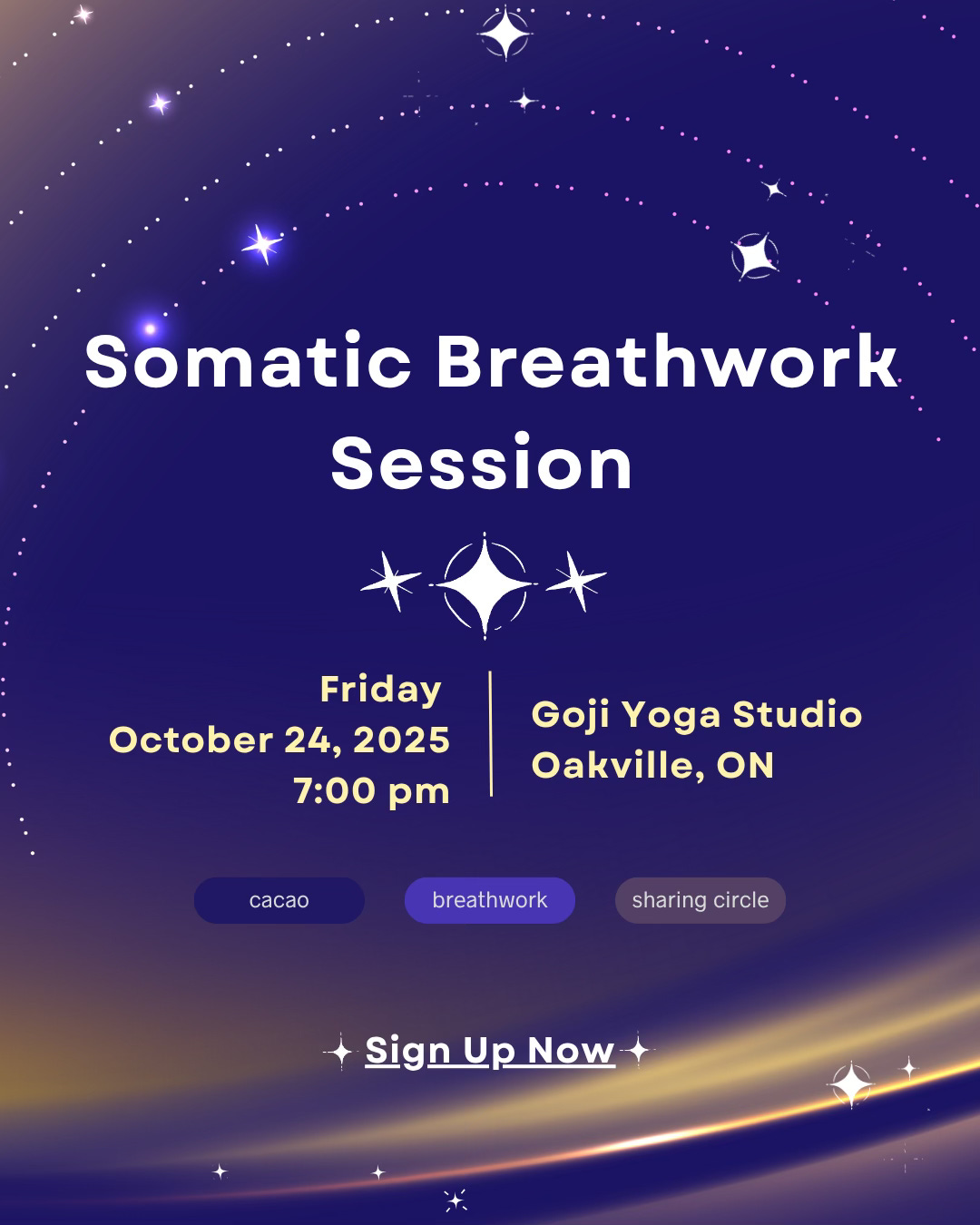Redefining Regulation
You wake up already tired, even after spending a decent amount of time in bed. Coffee helps you push through the morning, but by mid-afternoon, your shoulders are tense, your stomach is unsettled, and your mind doesn’t stop racing, thinking about the past or worrying about the future. At night, you lie in bed feeling physically tired, but mentally restless, replaying the day’s events and your never-ending to-do list for tomorrow.
If this picture hits uncomfortably close to home, you are not alone. What you may not realize is that many of these struggles, from poor sleep to low mood, often connect back to a single, often overlooked system in your body - your nervous system. While many of us have tried diets, supplements and therapy in an effort to right the ship, we still have problems achieving mind, body and spirit balance. Although our habits play a significant role in this journey, so does our nervous system.
The vagus nerve is the longest cranial nerve in the human body, stretching from the brainstem down through the neck and chest into the lower abdomen. It controls over 75% of our parasympathetic nervous system and helps regulate involuntary functions like our heart rate, digestion, breathing, and our body’s response to stress[1]. When this hidden superhighway is out of balance, our body stays stuck in stress mode.
As professionals, we face unique stressors that can overwhelm our nervous system’s adaptive capacity. Long hours at work, rebellious teenagers at home, financial stressors and differences in opinions with our partners create a perfect storm for dysregulation. True nervous system regulation is not about slowing down or extinguishing drive. Instead, it’s about cultivating adaptability, responsiveness, and the capacity to experience emotions fully, without being derailed by them[2].
Imagine the nervous system not as a brake, but as a dynamic gearshift: the power to accelerate when stakes are high, and to recover quickly when things get intense. Regulation allows us to switch modes intentionally—rest, engage, reflect—without getting stuck in overdrive.
The Science (and Art) of Regulation
Modern neuroscience and ancient wisdom agree: breathwork is a highly universal, accessible, cheap and effective tool for shifting our physical and mental state. Two key models help map the journey of regulation:
Pendulation: Moving in and out of intense states, building resilience each time by returning to balance. Comfort kills us. In today’s society, we can control the temperature of virtually everything. We preheat our cars in the winter, we have ecobee thermostats in our homes, and we wait until the shower temperature is perfect before we dare get in. When we get too comfortable with controlling our environments, we lose our ability to deal with stressful situations.
Titration: Gradually increasing exposure time to stressors, allowing the system to recalibrate safely without overwhelm. This is like food desensitization, where you gradually consume small, controlled amounts of a potentially allergenic food to train the immune system not to overreact.
Start with increasing the number of times you are exposed to uncomfortable situations, and then increase the duration of these experiences. Rather than forcing yourself to push through pressure, a regulated human learns to engage with challenge and then return to a place of calm. The key is to be aware of your level of resistance during these experiences. When you breathe into the discomfort, your nervous system learns how to cope with the changes. Over time, this reshapes your brain, wiring in greater capacity and flexibility.
A common misconception is that regulation means sacrificing ambition or productivity. In reality, true regulation is about capacity, not constraint.
Breathwork offers three practical pillars for professionals: functional breathing, which unconsciously supports health by minimizing taxing patterns like chronic mouth breathing; regulation breathing, which uses deliberate techniques such as box breathing to shift energy intentionally, and a transformational practice, which harnesses the breath to explore and integrate deeper emotional or spiritual aspects. These practices are widely adopted by elite performers, not because they numb discomfort, but because they unlock clarity, authenticity, and connection. If you are interested in experiencing an upcoming in-person somatic breathwork session, check out our next offering on October 24th by registering HERE.
Improving our Capacity
A common misconception is that regulation means sacrificing ambition or productivity. In reality, true regulation is about capacity, not constraint. It’s about being able to show up fully, with presence and purpose, on your own terms.
To start building regulation habits with micro-practices:
One minute of slow, conscious out-breaths before meetings.
Journaling the body’s response to stress, not just the mind’s stories.
Creating moments of authentic human connection.
Small acts of self-regulation allow us to shift from familiar stress patterns to new states of capacity, eventually choosing “an unfamiliar heaven” over “a familiar hell.”
Regulating Responsibly
Nervous system regulation isn’t self-indulgence; it’s our responsibility. When we operate from a regulated state, we make better decisions, communicate more effectively, and maintain the emotional availability our colleagues and loved ones deserve.
True self-actualization is not the absence of stress, but the presence of skillful navigation. We can be leaders not only in what we achieve, but also in how we experience our lives and act as a model for sustainable, meaningful impact.
Embrace regulation.
Manjit Hansra is the founder of Rx for Renewal. Through keynote speaking, 1:1 coaching, corporate workshops and curated retreats, I share evidence-based tools to help professionals prevent and manage burnout. Check my offerings HERE.
REFERENCES:
[1] Eleonora Terreni, Sep 21, 2025 - Health & Fitness - 234 pages
[2] What Does It Really Mean to Be Regulated? - Beyond the Breath



